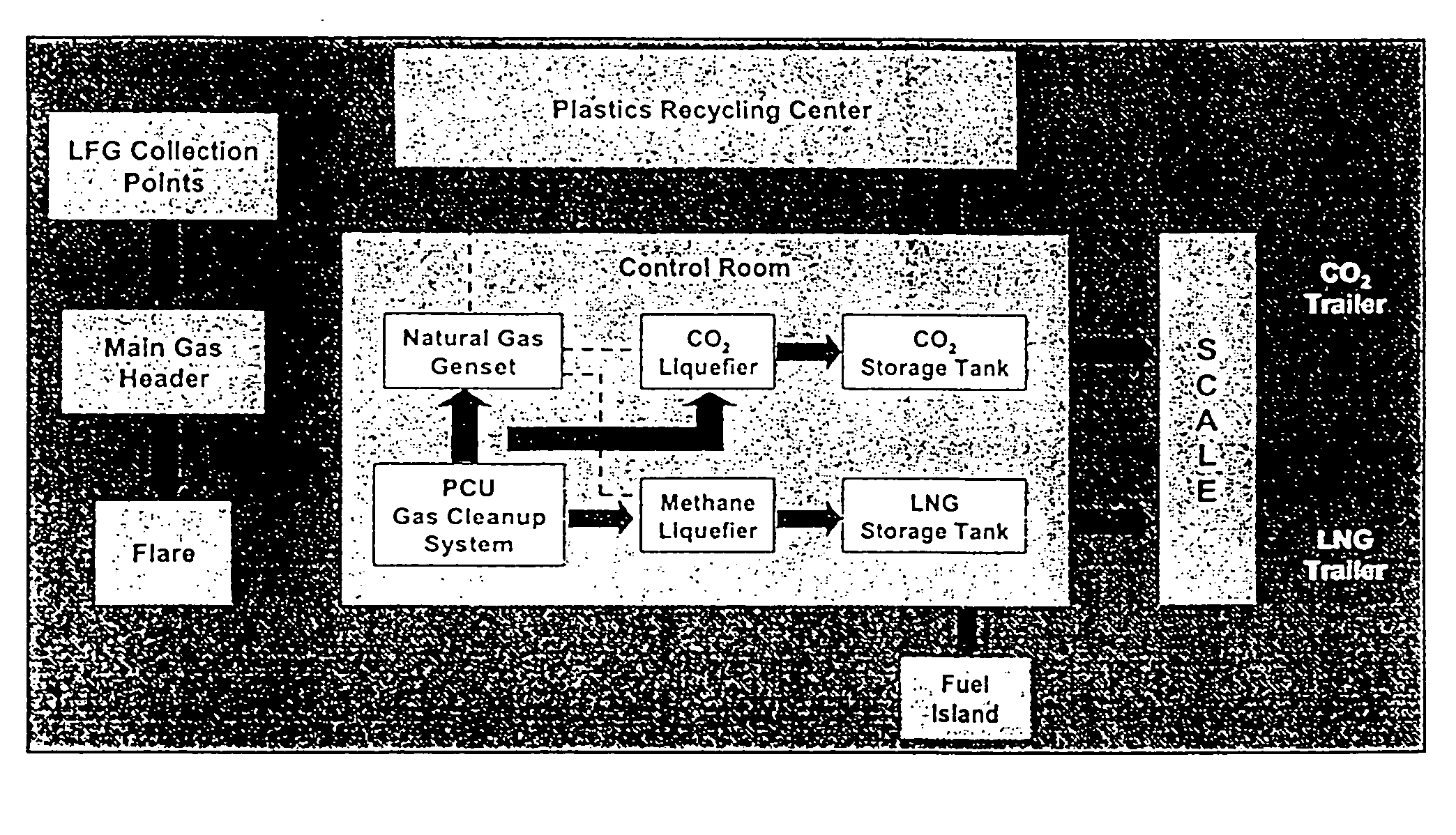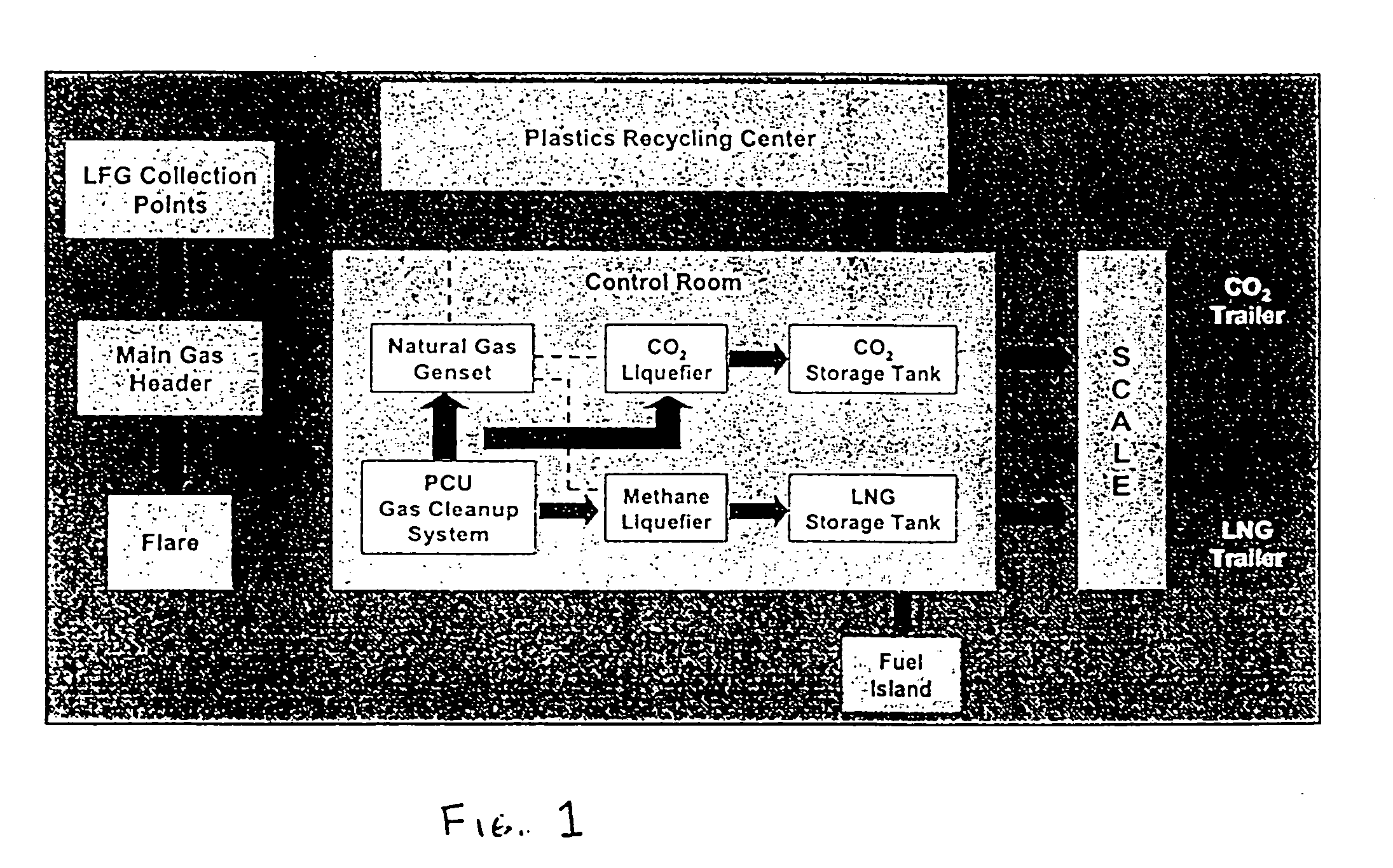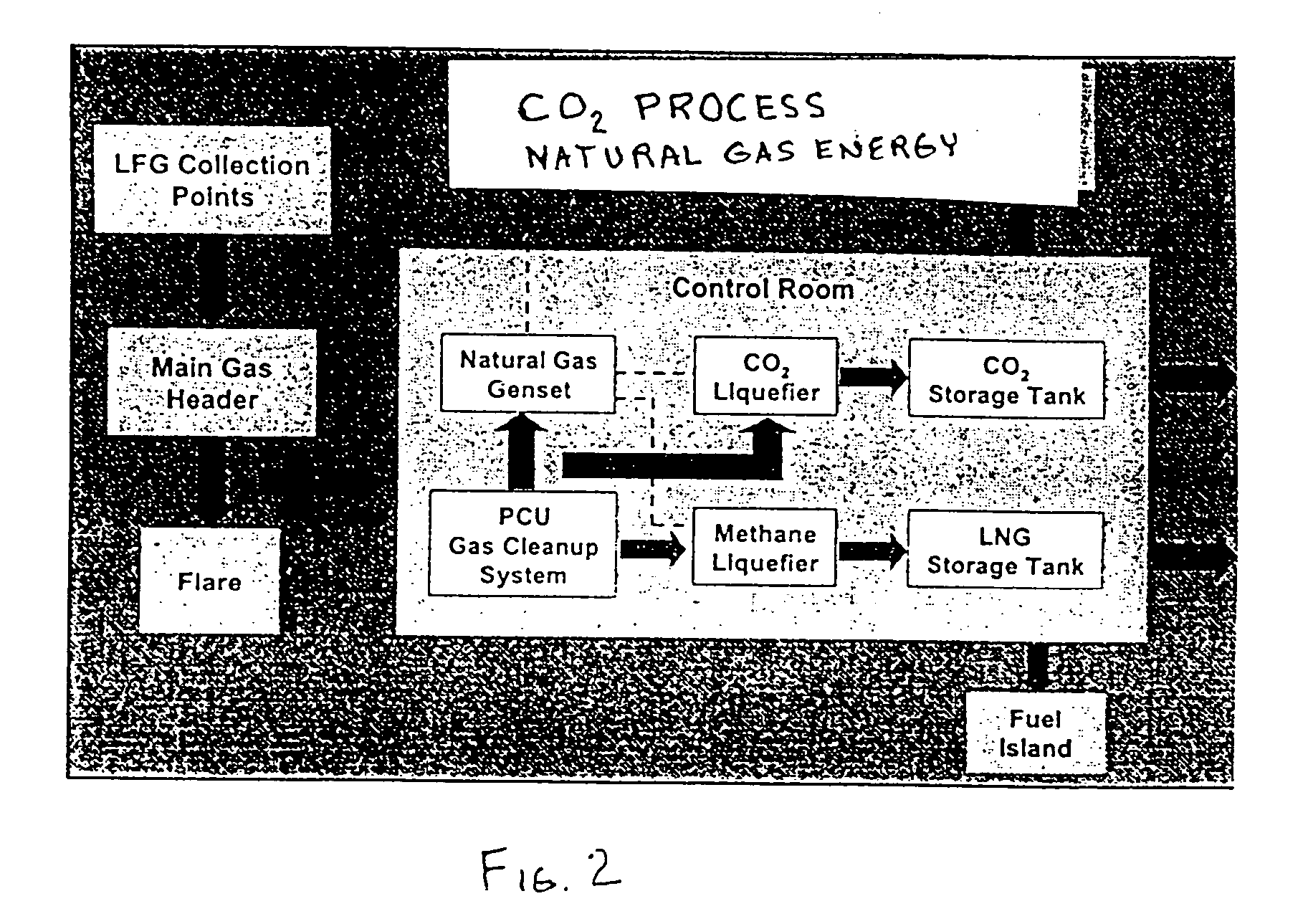System for use of land fills and recyclable materials
a land fill and recycling technology, applied in the direction of supercritical condition processes, discharging methods of containers, separation processes, etc., can solve the problems of inability to apply models, inability to meet the needs of other materials, and inability to clean, etc., to achieve the effect of improving the economic performance of the system
- Summary
- Abstract
- Description
- Claims
- Application Information
AI Technical Summary
Benefits of technology
Problems solved by technology
Method used
Image
Examples
Embodiment Construction
One aspect of the present invention is to provide a more economically viable system associated with landfills. In the absence of greater economic benefits to the owners and investors in landfills, the ability of landfills to assist in actual waste reduction is limited. It is therefore necessary to associate additional technologies to existing and future landfill sites and or MRFs (material recovery facility) to assure maximum use of the materials at the site that can be used in subsequent commercial processes. This use of available resources includes the addition of commercial systems to the recycling sites and the use of effluent gases in existing and developing commercial processes. The fact that in most jurisdictions recycling and landfill sites are closely aligned can assist in the improvement in landfill utilization, as the recycled materials (e.g., paper, plastic, and metals such as aluminum and steel) and the waste material (for the landfill) are already brought to a common ...
PUM
 Login to View More
Login to View More Abstract
Description
Claims
Application Information
 Login to View More
Login to View More - R&D
- Intellectual Property
- Life Sciences
- Materials
- Tech Scout
- Unparalleled Data Quality
- Higher Quality Content
- 60% Fewer Hallucinations
Browse by: Latest US Patents, China's latest patents, Technical Efficacy Thesaurus, Application Domain, Technology Topic, Popular Technical Reports.
© 2025 PatSnap. All rights reserved.Legal|Privacy policy|Modern Slavery Act Transparency Statement|Sitemap|About US| Contact US: help@patsnap.com



